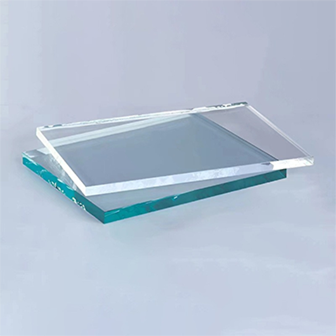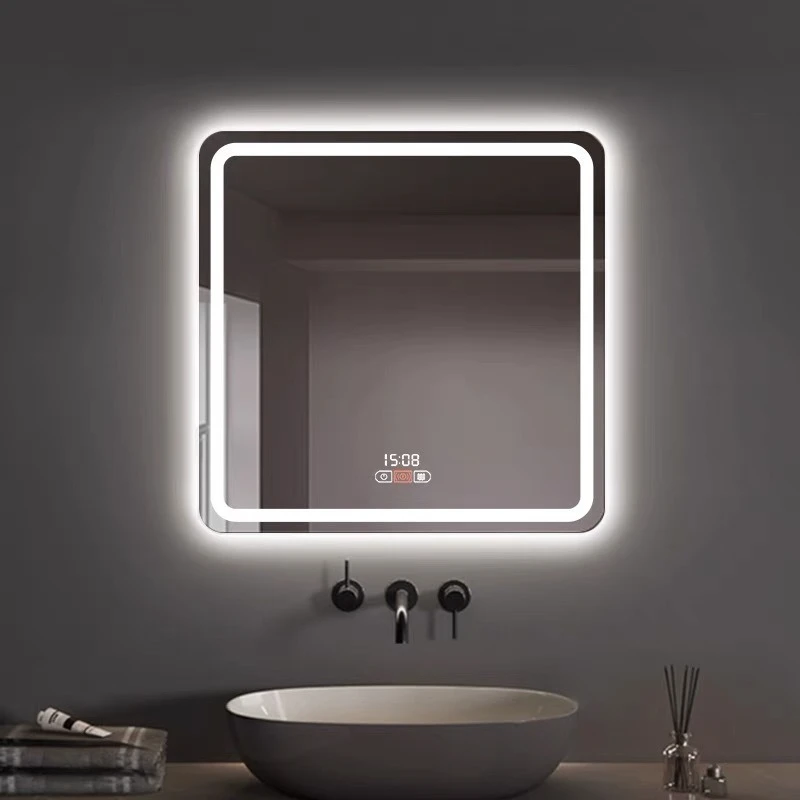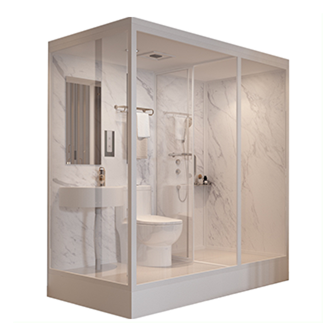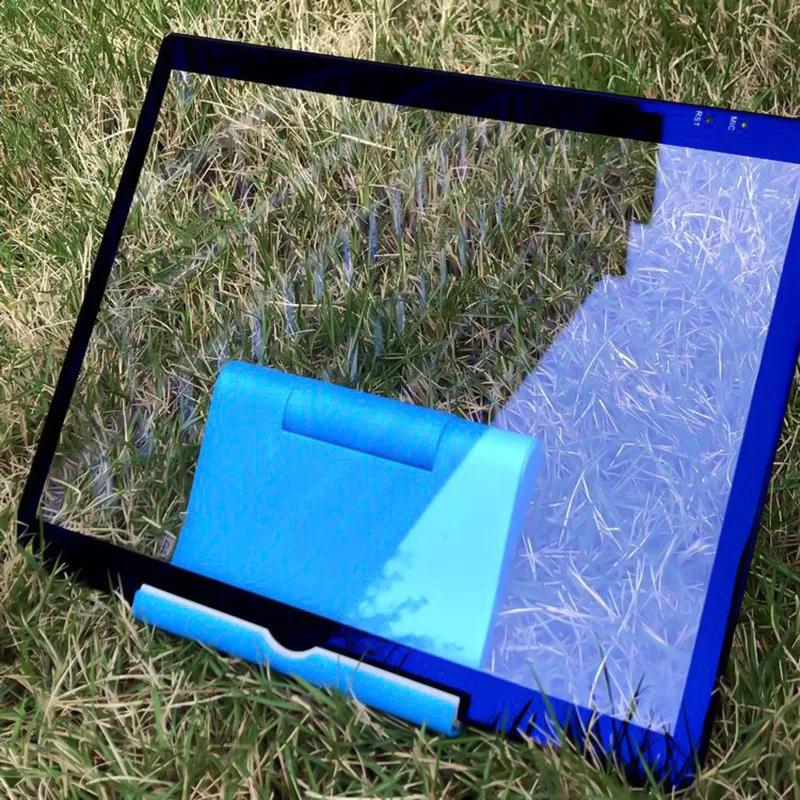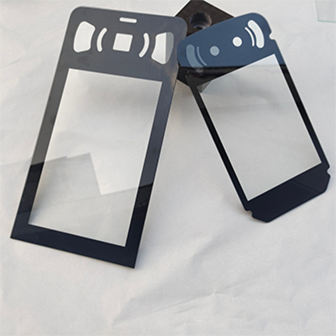Nov . 17, 2025 15:30 Back to list
Comprehensive Guide to Privacy Frosted Glass: Benefits, Uses, and Innovations
Understanding Privacy Frosted Glass: Why It Matters Globally
Privacy frosted glass might seem like just a fancy aesthetic choice for homes or offices, but its global relevance stretches far beyond decoration. As urban spaces get denser and the demand for privacy and daylight optimization grows, this ingenious glass treatment is becoming a key player in modern construction, humanitarian shelters, and industrial design worldwide. Essentially, it combines light permeability with visual privacy — a smart balance that benefits millions.
Globally, privacy concerns and the need for natural light go hand in hand with sustainable building codes and ergonomic environments. The United Nations estimates that by 2050, 68% of the world population will live in urban areas (1). Privacy frosted glass addresses part of this urban challenge by enhancing privacy without shutting out daylight — a win-win for wellness, productivity, and security.
Learning about its characteristics and applications helps anyone from architects and building managers to humanitarian planners make more informed decisions about material choice. Plus, it’s just fascinating how something that looks so simple can solve so many problems.
Privacy Frosted Glass in a Global Context
We’re living in a world where privacy isn’t just a preference, it’s often a necessity — from dense office clusters in New York to cramped urban dwellings in Mumbai and even temporary relief camps in Southeast Asia. In many industrialized nations, glass facades dominate skylines, raising concerns about occupants’ confidentiality. That’s where privacy frosted glass steps in.
ISO standards on glass for architectural use (ISO 12543 series) emphasize safety and functionality, and privacy frosted glass fits snugly within these global frameworks. It’s integral for healthcare environments, classrooms, hotels, banks, and prisons where visual privacy supports dignity and security.
However, designers often face the challenge of balancing transparency, privacy, and natural light. Regular tinted or reflective glass can reduce daylight but at the cost of ambience. Frosted glass, by comparison, diffuses light to create a soft glow without compromising personal space — a subtle yet impactful difference.
Defining Privacy Frosted Glass
Put simply, privacy frosted glass means glass that has been treated, sandblasted, acid-etched, or coated to create a translucent surface that obscures objects and people on the other side without fully blocking light. It’s essentially “privacy through diffusion” — you can see shapes and colors but detailed vision is blurred.
This kind of glass has become a staple in modern architecture and humanitarian applications, where natural lighting and privacy are equally important. You could say it’s the middle ground between solid walls and clear windows — useful for partition walls, bathroom windows, or office meeting rooms.
Key Factors of Privacy Frosted Glass
1. Light Diffusion
This is the star feature — privacy frosted glass allows sunlight to enter a space but scatters it so that individuals or details on the opposite side can’t be discerned. The level of opacity varies depending on the frosting technique.
2. Durability
Many types are tempered or laminated, adding a layer of safety and strength. So it’s not just about looks; it can withstand impacts or harsh weather better than regular glass.
3. Customizability
From patterns to logos etched on the surface, manufacturers can customize frost levels or decorative elements, marrying functionality with design needs.
4. Thermal Performance
Advanced frosted glass can be combined with insulating layers or coatings to improve energy efficiency — helping reduce heating or cooling loads.
5. Cost Efficiency
While typically more expensive than clear glass, the balance of privacy, light, and durability often means you save on blinds or additional window treatments.
6. Environmental Sustainability
Some manufacturers now offer eco-conscious frosted glass made with recycled materials or that improve building sustainability ratings.
Mini takeaway: The devil’s in the details – the frosting technique, glass type, and finishing touches define how well privacy frosted glass works for your project.
Global Applications & Use Cases
The appeal and utility of privacy frosted glass span numerous sectors:
- Healthcare: Privacy between patient rooms and corridors, maintaining confidentiality and calmness.
- Commercial Offices: Meeting rooms or cubicles benefit from subdued light and discreet spaces.
- Residential: Bathrooms, entrances, or façades where homeowners seek natural light without exposure.
- Humanitarian Aid: In post-disaster shelters, frosted panels provide privacy, warmth, and daylight without bulky curtains — critical when space and resources are minimal.
- Hospitality & Retail: Enhancing ambiance while compartmentalizing spaces elegantly.
In places like Japan and Scandinavian countries, where daylight is limited for half the year, diffused natural light from frosted glass creates healthier interiors, combating depression and fatigue (2). Meanwhile, urban centers in China and the UAE rely on such glass to adhere to strict privacy and energy codes.
Advantages & Long-Term Value of Frosted Glass
Using privacy frosted glass, frankly, means getting more than just functional benefits.
- Cost Savings: Reduces the need for blinds or curtains and minimises energy bills through better thermal control.
- Social Impact: Supports dignity in healthcare and humanitarian environments where privacy is paramount.
- Reliability: Durable, low-maintenance, and able to withstand environmental stress.
- Aesthetic Flexibility: Modern design trends favor minimalism; frosted glass fits right in.
- Emotional Comfort: Creates soothing environments without the oppressive feel of solid walls.
Future Trends & Innovations in Privacy Frosted Glass
Technology is pushing this ancient technique into smart frontiers.
- Smart Frosted Glass: Switchable glass that toggles between clear and frosted states electronically — perfect for dynamic privacy.
- Improved Eco-friendly Materials: Manufacturing shifts to lower carbon footprints and additive recycling.
- Combined Insulating Layers: Integrating frosted panels with triple glazing or vacuum insulation.
- AI-Enabled Surfaces: Surfaces that respond to context — adjusting opacity based on light/emotion sensors.
Challenges & Practical Solutions
Not everything with privacy frosted glass is smooth sailing.
- Cleaning: Frosted textures can trap dust — use appropriate cleaners to avoid haze.
- Cost: Initial outlay is higher than standard clear glass. Bulk purchasing and integrated designs help offset this.
- Light Levels: Overly dense frosting may reduce natural light. Choosing the right pattern or opacity is key.
Product Specification Table
| Specification | Privacy Frosted Glass |
|---|---|
| Thickness | 4mm to 12mm |
| Frosting Technique | Sandblasting, Acid Etching, Coating |
| Light Transmission | 60% - 80% (varies by pattern) |
| Impact Resistance | Tempered / Laminated Options Available |
| Thermal Insulation | Double / Triple Glazing Compatible |
| Customization | Patterns, Logos, Variable Frost Levels |
| Environmental Rating | Low VOC, Recyclable |
Vendor Comparison Table
| Feature / Vendor | China Mirror Glass | NorthGlass | AGC Glass |
|---|---|---|---|
| Frosting Techniques | Sandblasting, Coating, Custom Patterns | Acid Etching, Sandblasting | Acid Etching, Smart Switchable Glass |
| Customization | Extensive: logos, variable frost | Moderate patterns | Limited without smart tech |
| Eco Credentials | Recyclable, low VOC | Energy efficient double glazing | Focus on sustainability |
| Lead Time | 2–4 weeks | 3–5 weeks | 4–6 weeks |
| Price Range | $$ | $$$ | $$$$ |
Frequently Asked Questions About Privacy Frosted Glass
Q1: How does privacy frosted glass differ from tinted or reflective glass?
A1: Privacy frosted glass obscures vision by scattering light and creating a translucent finish, whereas tinted or reflective glass blocks or reflects light to reduce glare and heat. Frosted glass maintains natural light levels better, offering privacy without darkening interiors significantly.
Q2: Can privacy frosted glass be used in outdoor façades?
A2: Yes, privacy frosted glass is often incorporated into external facades, especially in mixed-use buildings or residential units craving privacy. It can also be laminated or tempered for added durability against weather and impact.
Q3: Is it possible to create custom designs on privacy frosted glass?
A3: Absolutely. Techniques like sandblasting and coating allow custom logos, patterns, or gradients, enabling architects and designers to integrate branding or artistic elements seamlessly.
Q4: How sustainable is privacy frosted glass compared to alternatives?
A4: Many modern manufacturers offer frosted glass options with low volatile organic compounds (VOCs), high recyclability, and compatibility with energy-efficient glazing. While the frosting process adds steps, overall sustainability is quite good, especially compared to plastic alternatives.
Q5: What maintenance does privacy frosted glass require?
A5: It requires gentle cleaning with non-abrasive agents to avoid scratching or haze buildup. Regular dusting and wiping with mild detergents keep the frosted surface clear and attractive.
Conclusion: The Clear Choice for Privacy and Light
Privacy frosted glass offers a timeless solution to a modern dilemma — gaining privacy without sacrificing daylight. Its numerous benefits, from aesthetic flexibility and durability to sustainability, make it a smart choice for projects worldwide. Whether you’re outfitting an office, a hospital, or emergency relief housing, it’s worth considering how this glass can transform a space.
Want to learn more or source high-quality privacy frosted glass? Visit our website today for detailed specs, expert advice, and bulk ordering options.
References:
1. UN World Urbanization Prospects (https://population.un.org/wup/)
2. Seasonal Affective Disorder – Mayo Clinic (https://mayoclinic.org)
3. ISO Glass Standards ISO 12543 (https://www.iso.org/standard/60026.html)
-
Types of Reflective Glass
NewsNov.17,2025
-
What Is Dichroic Glass?
NewsNov.17,2025
-
Smart LED mirrors can have touch controls
NewsNov.17,2025
-
Laminated glass improves energy efficiency
NewsNov.17,2025
-
Insulated glass enhances building comfort
NewsNov.17,2025
-
Acid etched glass offers elegant privacy
NewsNov.17,2025
Related PRODUCTS


